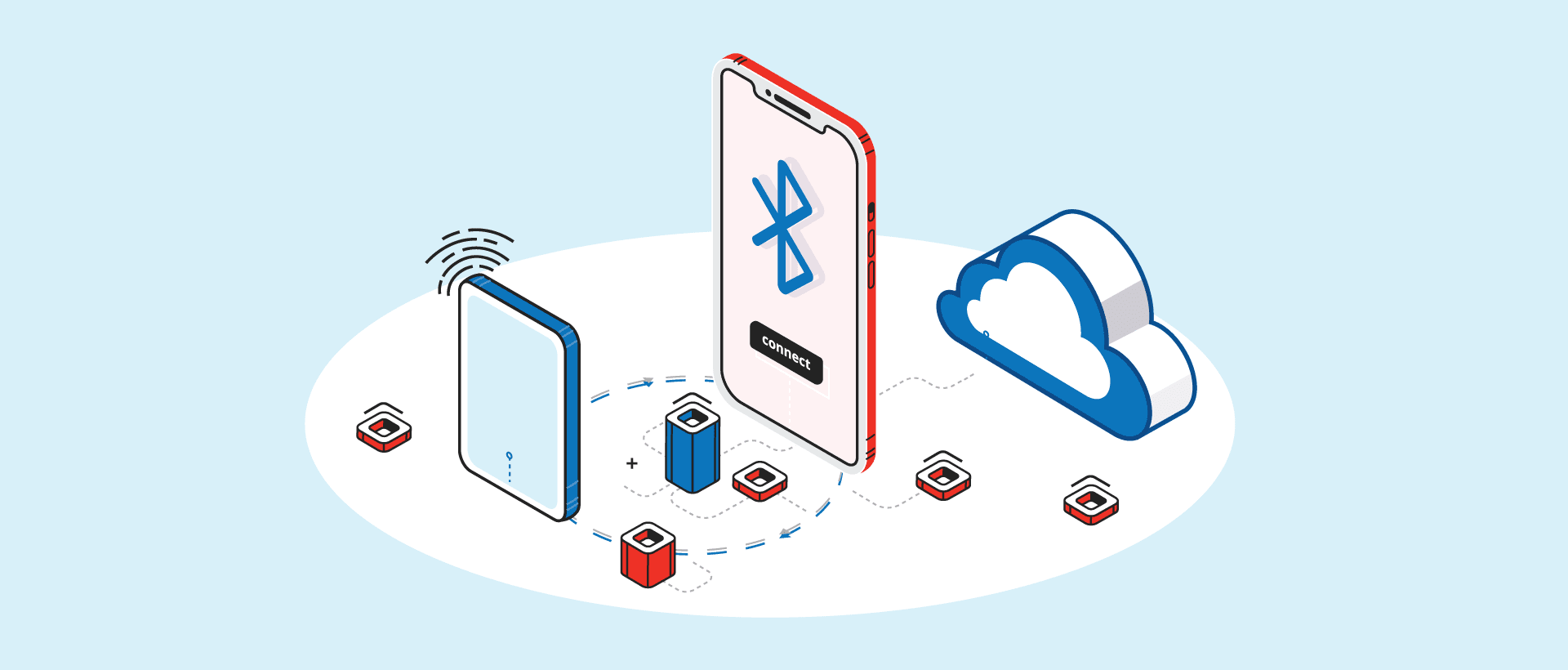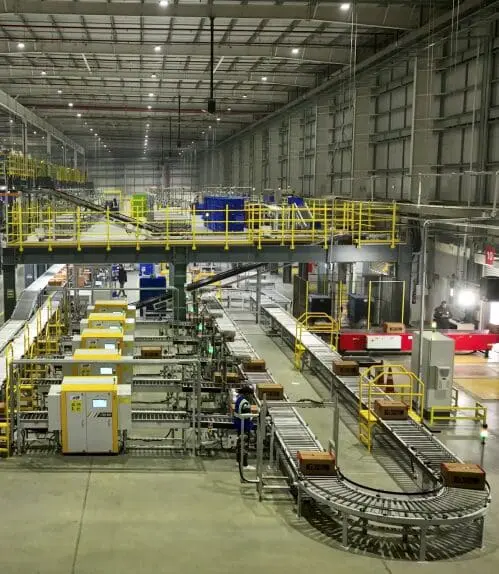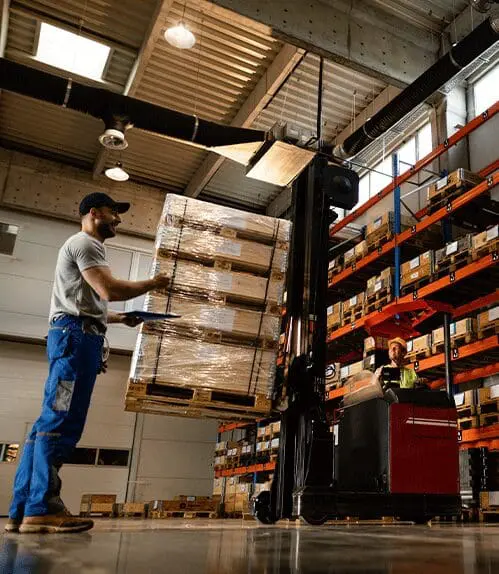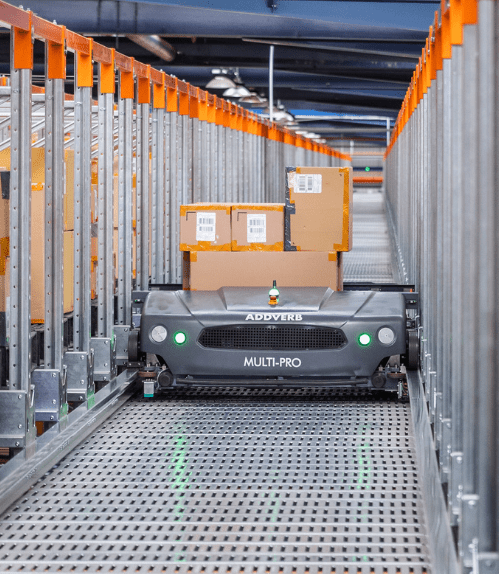Recently the students of IIT revolutionized the markets of Dharavi by using “beacons” to provide customized offers to the people visiting the markets. This illustration of the ability of beacons to change the entire experience of customers underlies the capability of beacon technology to fundamentally alter various processes across different domains in manufacturing and retail.
What is a Beacon? In ancient times, beacons were fires lit at different locations and used for signaling purposes. They were used to signal warnings, celebrations, navigation, signify an important location, etc. With time and advent of technology, beacons became more sophisticated and their application more widespread and today we typically see a beacon as a very small electronic device type of the size of buttons of a shirt that emits radio signals in close proximity of varying strengths.
How Does Beacon work? Beacons use technology such as Bluetooth, Wi-Fi or UWB. Most commonly used beacons are equipped with Bluetooth Low Energy (BLE) also called Bluetooth Smart. BLE allows the beacons to continuously emit radio signals which contain packets of information. These signals are visible to all the Bluetooth enabled devices such as our smartphones and are sent out typically every 1/10th of a second. In order to emit these signals, beacons have to be connected to a power source such as a battery. BLE requires very little energy as compared to regular Bluetooth and hence the beacons can run even for years with the help of just small button cells.
What shall these Beacons do? The Bluetooth enabled devices (smartphones) through the signal are able to identify the beacon, once the phones identify the signal of the beacon it implies that they are within range of the beacon and a predetermined command on the relevant app shall be triggered. Internet connectivity for this stage is necessary for the app to trigger the command. These commands can be discount coupons, navigation options, any new product arrival, register attendance, etc.
The signals that beacons emit can be used to measure the location of the device around the beacon. The signal strength can be converted into the distance to know the exact location of the device from the beacon. Though one inherent problem that can occur is that beacons emit radio signals and they can be absorbed by objects in between the receiving device thereby altering the strength of the signal and thus affecting the conversion into the distance. With another technology, it is completely possible to address the problem but let us reserve it for another day!






